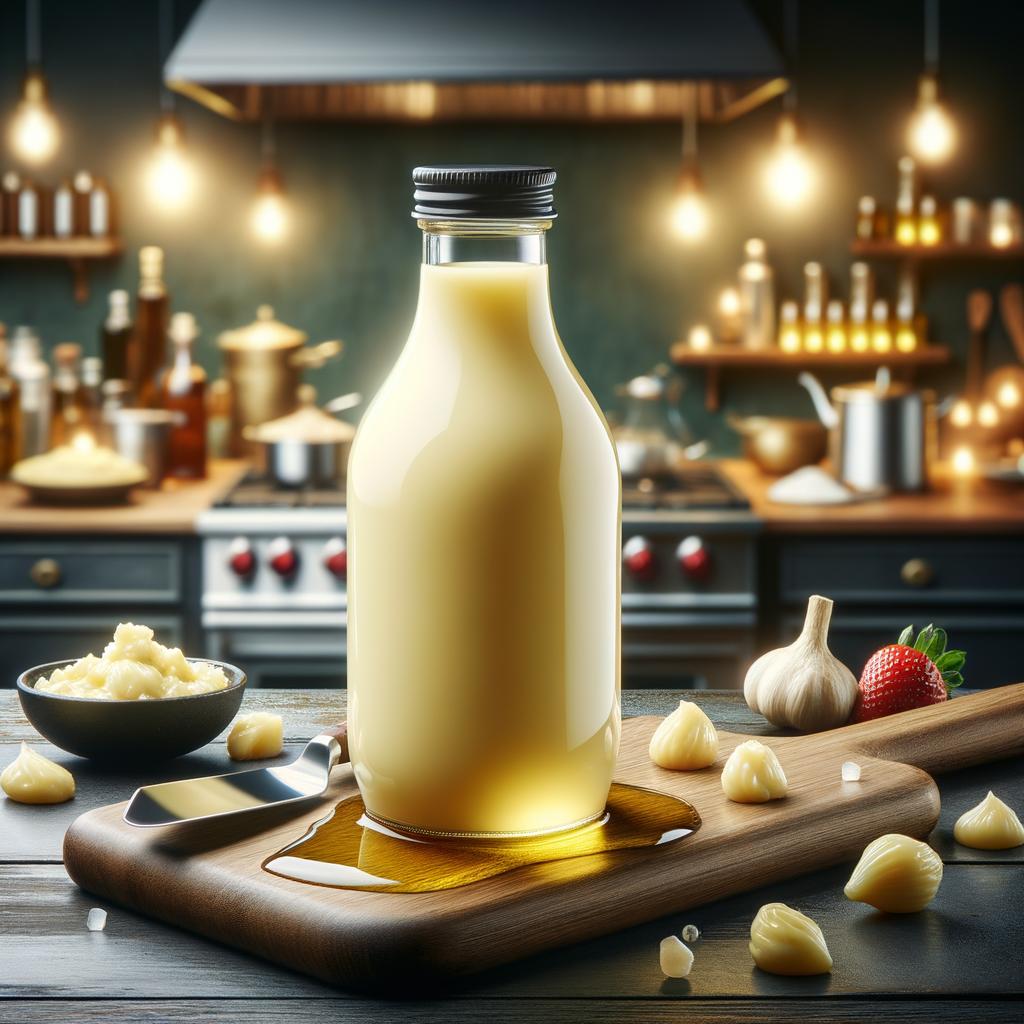Rendered Duck Fat

Description Rendered duck fat, a culinary treasure, is as luxurious in the world of cooking as a pearl in the ocean. It has a soft, buttery texture that melts easily, and a rich, golden hue reminiscent of a sunlit afternoon. The flavor profile is complex yet delightful, with a savory, meaty taste that is subtly sweet and far more refined than your regular cooking oils. It's this unique balance of flavors and the velvety texture that sets rendered duck fat apart from other animal fats and oils.
Primary Uses Rendered duck fat is a versatile ingredient that adds a touch of opulence to any dish. It is commonly used in traditional French cooking, particularly in the preparation of confit, a method of preserving meat in its own fat. It's also a key component in making ultra-crispy, golden roasted potatoes and other root vegetables. Beyond its culinary uses, it's also been used in older times as a natural remedy for dry skin and chapped lips due to its moisturizing properties.
History The history of rendered duck fat traces back to ancient times, when it was considered a precious commodity. In Southwestern France, where ducks are abundant, it was discovered out of necessity and ingenuity. Farmers needed a way to preserve their duck meat and stumbled upon the method of confit. This process not only preserved the meat but also resulted in the production of rendered duck fat. Over time, its use has evolved from a preserving agent to a favored cooking fat due to its unique flavor-enhancing properties. It is said that in some parts of France, a pot of duck fat is passed down from generation to generation, each adding to and taking from the pot, making it a symbol of family legacy and culinary tradition.
Nutritional Information Rendered duck fat is not just a flavor enhancer but also a storehouse of nutrition. It is rich in monounsaturated fats, the same heart-healthy fats found in olive oil. It also contains linoleic acid, an essential fatty acid that our bodies cannot produce, and is a good source of vitamin E, a powerful antioxidant. While it is higher in saturated fat than plant-based oils, it has less than butter, making it a healthier alternative for cooking. However, like all fats, it should be used in moderation as part of a balanced diet. The richness of flavor means a little goes a long way, making it easier to enjoy the indulgence without overdoing it.

